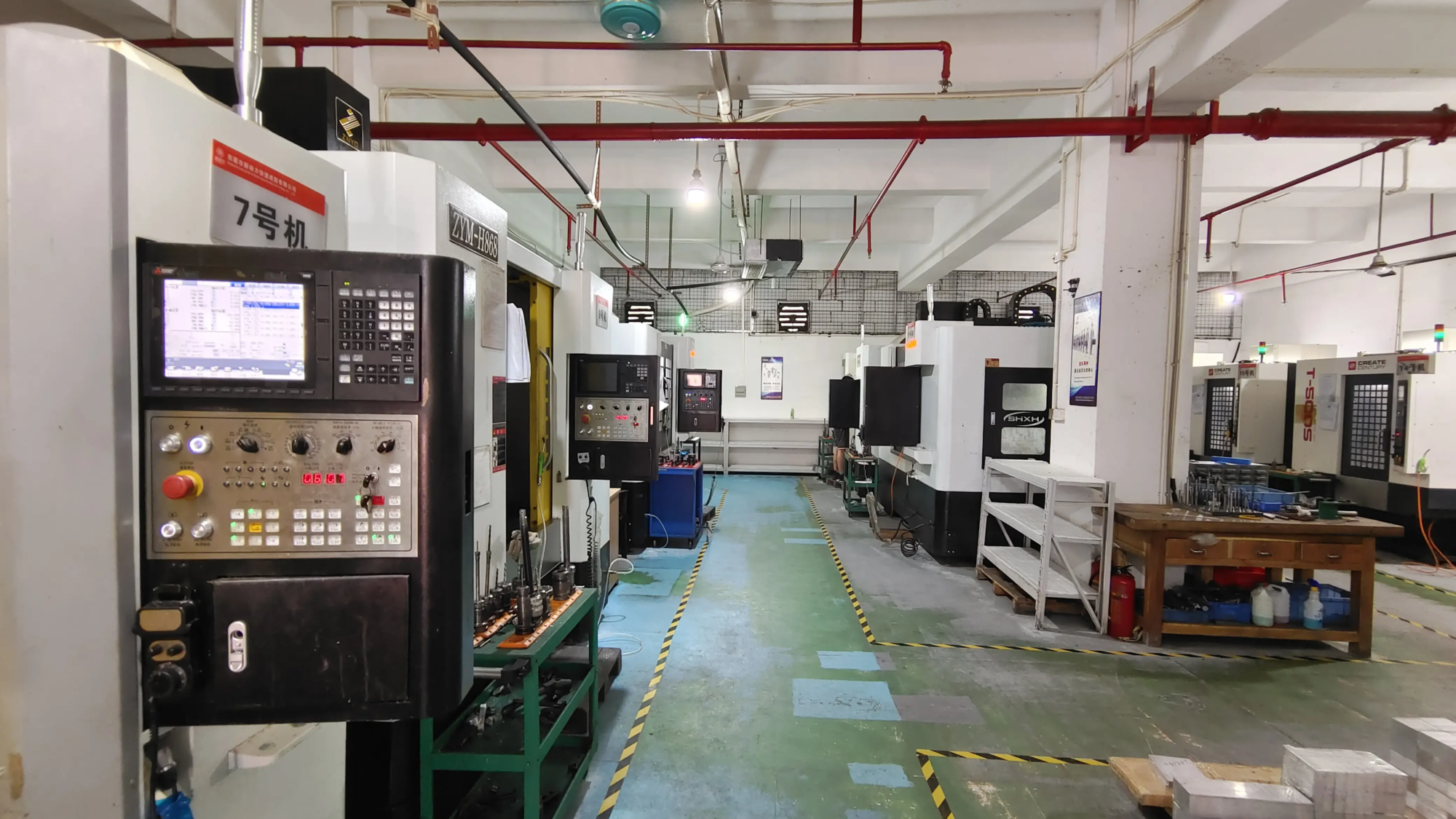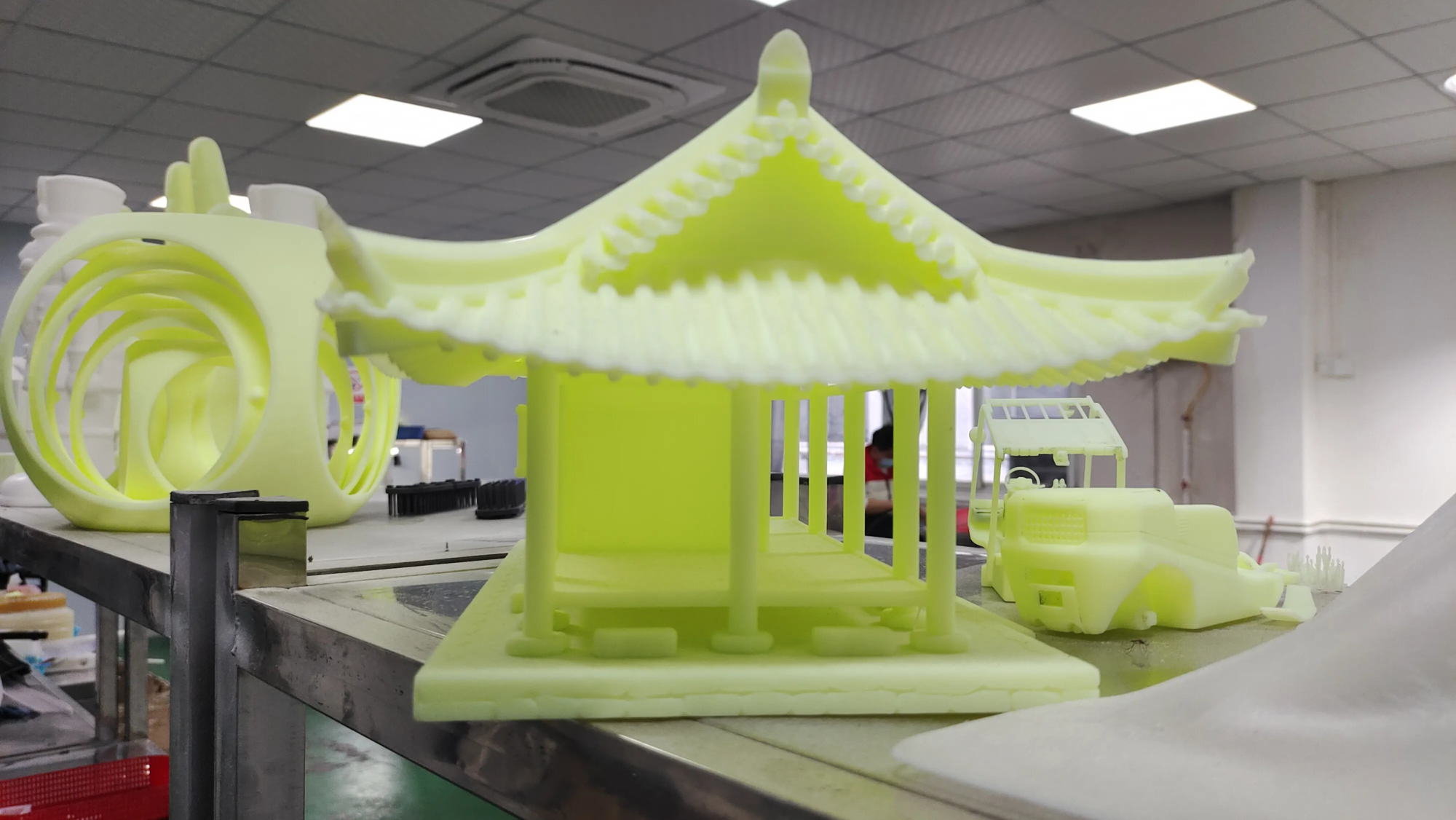3D printing inspired by deer antlers: a new boundary in the fields of engraving manufacturing and medicine
The natural world has always been a source of profound inspiration for human innovation. From the aerodynamics of birds to the structural efficiency of honeycombs, bionics promote breakthroughs in engineering and design. One of the latest, most fascinating materials to enter the Additive Manufacturing (AM) spotlight is inspired by antlers. Yes, the powerful, lightweight and complex structure that adorns the deer’s head. Instead of copying the literal deer antlers (ethical and practical issues aside!), Antler 3D printing uses the unique bionic principles they embody to revolutionize how we create high-performance parts.
Aside from pure novelty, antler-inspired 3D printing represents a paradigm shift, promising biocompatibility capabilities, lightness and impact resistance, making synthetic materials difficult to match. This is not science fiction; it is the frontier of the fusion of materials science and advanced manufacturing.
Why do you need antlers? A blueprint with excellent performance
Deer antlers are biological miracles. Consider its characteristics:
- Excellent strength to weight ratio: The pounds of antler bones (especially ossified antlers) are comparable to many engineered alloys, but they are a breeze. This comes from its unique composite structure.
- Hierarchical architecture: Deer antlers have multi-scale structures:
- External compact layer: Dense and hard, providing resistance to impact and penetration.
- Internal (trabecular) bones: Porous, lattice-like core. This complex network of pillars and voids is very effective, minimizing strength and energy absorption, which is crucial to absorb the power of rut conflicts. It is very similar to the canceled bones found naturally by humans.
- Damage tolerance: Despite repeated high impact loading, the antlers resist catastrophic failure through mechanisms such as microcrack dispersants.
- Bioactivity and biocompatibility: As a natural bone-like material, antler-derived substances (when ethically and correctly processed) exhibit inherent biocompatibility, making it an attractive candidate for medical implants and tissue engineering.
These characteristics scream "Ideal engineering materials!" The challenge is to reliably and at scale to recreate such complex structures. Enter Advanced 3D Printing.
Convergence: Advanced AM meets bionics
Traditional manufacturing is struggling to replicate the complex porous geometry found inside the antlers. Additive manufacturing has a floor-by-story building capability and is a unique position:
- Precision hole engineering: picture Selective laser melting (SLM) Metal adhesive spraying can accurately create complex lattice structures. Researchers can mimic the trabecular network of cancelled bones with incredible accuracy, controlling apertures, shape and interconnectivity—factors that are critical to bone ingrowth in implants or fluid flow in lightweight structures. Greatlight uses its advanced SLM capabilities to produce these demanding bionic lattices with repeatable precision.
- Multi-material potential: While the smooth gradient between the complete replication of compact bone and the cancellation of bone remains cutting-edge, printers are developing to deal with multi-matter deposition. This opens up the way to create parts with attribute gradients inspired by antler transition zone.
- Complex geometric freedom: AM allows the creation of complex, load-optimized shapes, which are impossible or too expensive for machines, exactly in line with the organic efficiency of antler design.
- Custom: Both medical implants and niche industrial components require custom designs. AM promotes patient-specific implants based on CT scans or optimized for specific aerospace or automotive applications.
Greatlight’s expertise: Mastering the printing of complex antler-inspired grids requires not only the right equipment (such as its industrial-grade SLM printers), but also the deep process knowledge. Different metals (which dominate in this space due to biocompatibility and strength) must be carefully adjusted to ensure structural integrity within the complex (usually delicate features). Post-processing is like precision Heat treatment (sintering, annealing) Specialized surface finishes are also critical to achieving the desired mechanical properties and biocompatibility.
Potential apps bloom from new branches
The fusion of antler design principles and 3D printing unlocks exciting possibilities:
- Revolutionary Orthopedics and Dentistry:
- Implant: Titanium or biocompatible polymer stents mimicking the trabecular structure of antler-removing bone is ideal for spinal cages, joint replacements and maxillofacial reconstruction. The porous structure allows natural bone ingrowth (bone integration), producing stronger and more durable bonds compared to traditional solid implants.
- Bone transplant alternatives: Scaffolding can be designed to provide growth factors and even stem cells, which actively promote bone regeneration to heal key defects.
- Dental implants and restorations: Custom crowns or bridges have optimized internal structures for weight loss.
- Next generation lightweight:
- aerospace: Structural brackets, mounting points, drone components and internal fuselage structures, where weight savings can be directly converted into fuel efficiency and increase payload. The nature of energy absorption is also valuable for collision structures.
- car: Similar weight saving applications in non-safety critical structures, suspension components or high-performance racing parts.
- Robotics: Lightweight but powerful robotic arms and frame components improve agility and efficiency.
- High-performance equipment:
- Extreme Sports and Entertainment: Features a helmet that enhances energy absorption, lightweight hiking pole, dedicated bicycle assembly.
- Protective equipment: Customizable, absorbing effects for sports or industrial use.
- Customized industrial components: Fixtures, tools and lightweight fixation/positioning equipment designed for optimal rigidity and minimum mass.
Challenges and considerations on the way forward
Despite its great potential, there are challenges:
- Material complexity: Develop printable materials that perfectly replicate the organic ingredients, elasticity and self-healing aspects of natural antlers. Bio-Inks for bioprinting are promising, but complex.
- Expansion and Cost: Printing highly complex lattices can be time-consuming, affecting the yield and cost-effectiveness of high-volume applications. Optimization and new technologies are key.
- Design and simulation: Making full use of potentials requires complex design software that can generate bionic structures and requires simulation tools to accurately predict their performance under various loads. This requires a lot of computing power and expertise.
- Process Control and Qualifications: Ensuring consistent quality of printed lattices, especially for critical medical equipment or aerospace parts, requires strict process control, metrology and qualification protocols.
Greglight’s Commitment: Solving these challenges is part of the journey. Strict process optimization, investment in simulation capabilities, and collaboration with materials science experts are solutions for how progressive manufacturers like Greatship navigate these boundaries, turning challenges into customers demanding high-performance bionic parts.
Conclusion: Nature’s creativity is expanded through technology
Antler-inspired 3D printing is more than just a niche technology. It represents a powerful synthesis of biology and advanced engineering. By understanding and replicating extraordinary design solutions naturally honed over thousands of years, especially the complex, lightweight, electrically resistant cancellation lattice – we unlock unprecedented possibilities. From life-changing medical implants that integrate seamlessly with the human body to ultra-light and super-strong components that push the boundaries between aerospace and robotics, applications are all changing.
Although challenges of material, scalability and design complexity persist, the rapid development of 3D printing technology and a deepening understanding of the principles of bionics are paving the way. The company likes it GreatIn this evolution, there are cutting-edge SLM technology, deep technical expertise and commitment to solving complex rapid prototyping challenges. They provide manufacturing capabilities that can transform antler-inspired bionic designs from concept to high-precision, functional reality.
With the acceleration of research and innovation, "Antler Advantages" Promising to be the cornerstone of the next generation of manufacturing, it proves that sometimes the most advanced solutions are those inspired by the lasting genius of human creativity.
Frequently Asked Questions about 3D Printing of Deer Antlers (FAQs)
Q: Is deer antler 3D printing done with actual deer antlers?
one: No, not direct. "3D printing of antlers" Refers to The design and internal structure of 3D printed objects are greatly inspired by the natural structure of deer antlersespecially their strong, lightweight porous interior (removal of bones). The printing itself is done using standard AM materials such as biocompatible titanium alloys, medical grade polymers, or other engineering composites, rather than ground antler materials.Q: What are the biggest advantages of using antler-style design?
one: The key advantages are:- Excellent strength to weight ratio: Use minimal material to achieve high strength.
- High-quality absorption: The porous structure effectively absorbs the influence, thereby reducing the stress concentration.
- Biocompatibility potential: When printed with materials such as titanium, it closely mimics the natural bone structure to give its excellent implant integration.
- Material efficiency and weight savings: For aerospace, automotive and wearable technologies are crucial.
- Free design: Traditional manufacturing cannot achieve complex, load-optimized shapes.
Q: Which industries benefit the most from this technology?
one: The current main beneficiaries include:- Medical/Dental: Custom implants (spine, joint, cranial/maxillary face), bone graft alternatives, dental components.
- Aerospace and Aerospace: Structural components, brackets, internal accessories, require light weight and strength.
- Cars and Motorsports: Lightweight construction, non-safety-critical brackets, high-performance parts.
- Robots and drones: Lightweight frame, arm segments and mounting points.
- Consumer products and sports equipment: High-performance protective equipment, specialized sports equipment parts.
Q: Which 3D printing technologies are best for creating these complex structures?
one: Selective laser melting (SLM) and Electron Beam Melting (EBM) It is the best choice for metal antler-inspired lattices because of their accuracy and ability to blend complex geometry layer by layer. Metal adhesive spray Shows potential for higher throughput. For polymers, SLA and Material injection Provide high detail while SLS Reliable for functional nylon parts. Greatlight specializes in the production of high-precision metal bionic structures in SLM.Q: Is this technology only for research, or can I really make parts commercially?
one: It quickly surpassed research! Advanced Rapid Prototyping and Manufacturing Service Provider Great These parts can definitely be produced commercially. Their functions include designing and printing custom metal components using industrial grade SLM equipment and designing with optimized lattice structures, followed by necessary post-processing for functional use.Q: Are there ethical issues regarding procurement or animal welfare?
one: With the use of technology Bionic design principle and Synthetic materials (metal, polymer), rather than actual antler material, have No ethical issues related to animal procurement The manufacturing process itself is inherent. It’s purely about replicating the beneficial structure of natural design.Q: Will Greatlight handle the post-processing required for these complex printed parts?
one: Absolutely. Yes, Greatlight offers a comprehensive one-stop service. This includes the critical post-processing steps necessary for antler-inspired parts: precise support removal, such as pressure relief or sintering (hot isostatic pressure-hip), to optimize material properties, surface modification (polishing, explosion), and precise CNC machining when needed to optimize interface characteristics. Their expertise ensures that the final part meets functional and aesthetic requirements.- Q: Can I get custom materials for my specific antler-inspired app?
one: The field of printable bionic materials is developing. Although standard biocompatible titanium (TI6AL4V) is common, Greatlime actively explores material functions. They can guide you on your existing alloys or polymers with the strength, weight, biocompatibility and environmental needs that best suit your specific project. Depending on the complexity and quantity, cooperation in developing or qualified customized materials may also be feasible.





